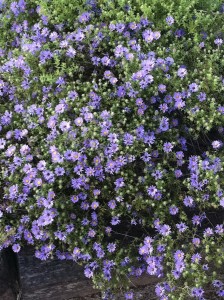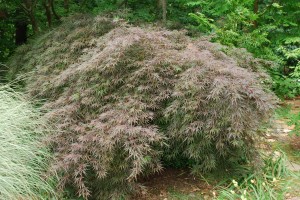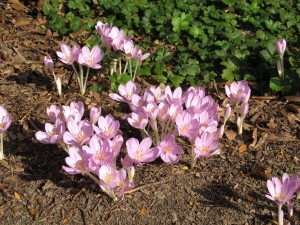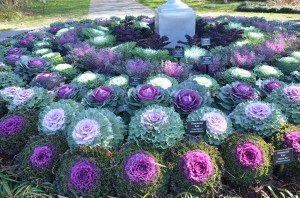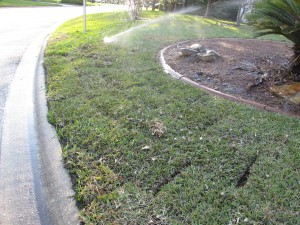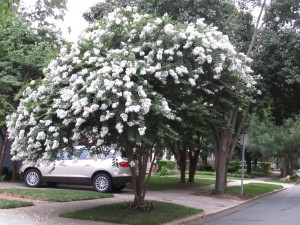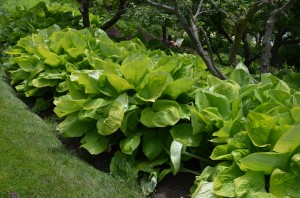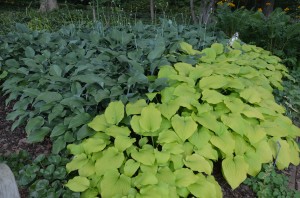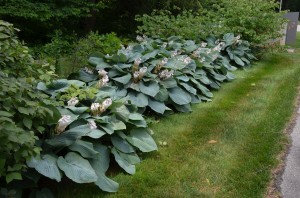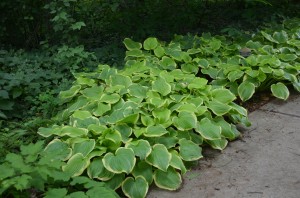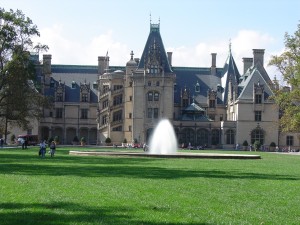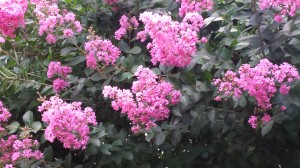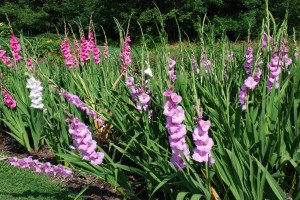From Maine to Texas, the aromatic asters (Symphyotrichum (Aster) oblongifolius) are great garden performers in the fall garden (USDA hardiness zones 5–8). The cultivar ‘October Skies’ is one of the best. Plants are covered with lavender blue flowers (up to 1 ¼ inches in diameter) from late September thru late October. Each flower displays a gold button center. Its grey-green foliage smells minty when crushed.
With a low mounding habit these compact asters grow to 18 – 24 inches in height and spread and rarely require pinching. It is shorter and bushier and bluer (flowers) than sister seedling ‘Raydon’s Favorite’. Plant is a vigorous grower with sturdy stems that stand up well when covered with blooms.
October Skies, along with other aromatic asters, excels in full sun. It prefers a moist well-drained, organically rich soil, but adapts to average dry sites. Spring-planted aromatic asters establish quickly and develop good heat and drought tolerance by mid-summer. Asters do benefit to mulching and feeding at planting and once a year in the spring. Asters attract numerous pollinators, particularly many species of butterflies. Deer usually turn their noses up on aromatic asters.
October Skies ranks as one of the easiest to-grow perennials. As a rule, aromatic asters are highly disease and pest resistant. Plants can be cut back in late fall after flowering.

